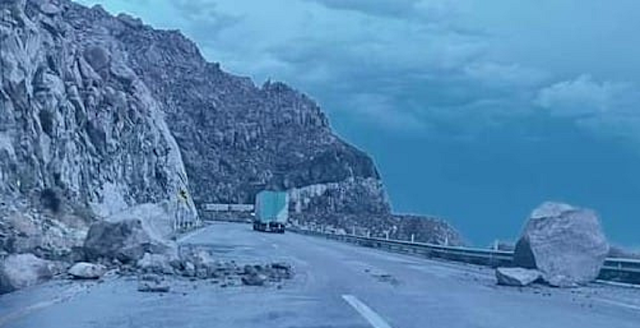Eastern Pacific Tropical System Hilary Updates
-Hilary went ashore this morning, 8-20-23 at 4AM.
Ashore at Isla Natividad, on the Pacific coast.
-Ensenada will be the second landing for the center of circulation, just after 12/noon zulu time, Baja Norte, Mexico.
-The coast of Baja Norte, with the Sea of Cortez, is now a disaster area.


Emergency Advisory, Midnight, Saturday, August 19, 2023
Storm surge and extreme flooding is forecast for the northern Sea of Cortez/Gulf of California.
BWS advises all visitors to evacuate.Most effective evacuation routes are north, through Calexico, ports of entry.
"FLOODING RAIN: Evacuate Now. Life-threatening rainfall - flooding having possible devastating impacts across Baja Norte, Mexico.
- Storm surge along the northern coast of the Sea/Gulf expected with extreme property damage is forecast.
- Extreme rainfall flooding will mandate evacuations, rescues and emergency recoveries.- Arroyos and tributaries that appeared to be dry one moment will overwhelmingly overflow their banks in many places with deep moving water. Arroyos and ditches will become raging rivers.
- In eastern facing mountain ranges and escarpments, deadly runoff will rage down canyons and valleys while increasing susceptibility to rockslides and mudslides.
- Flood waters can enter numerous structures within multiple communities, some structures becoming uninhabitable or washed away.
Numerous places where flood waters may cover escape routes. Streets and parking lots become rivers of raging water with underpasses submerged. Driving conditions become very dangerous and deadly. Numerous road and bridge closures with some weakened or washed out."
###
Photos sent in from members, across the peninsula>>>
RIP
LIVE ! ONLINE FROM LOS CABOS, FRIDAY MORNING
THURSDAY AFTERNOON, HEAVY RAIN-SHOWERS AT SOUTHERN BAJA
CLICK HERE FOR 2023 SUMMER PRE-RUNNING PLANS FOR NOV. BAJA 1000
CLICK HERE FOR LAST YEARS LIVE COVERAGE OF HURRICANE KAY
CLICK HERE FOR LAST YEARS DAMAGES FROM HURRICANE KAY
BAJA Weather Service


































